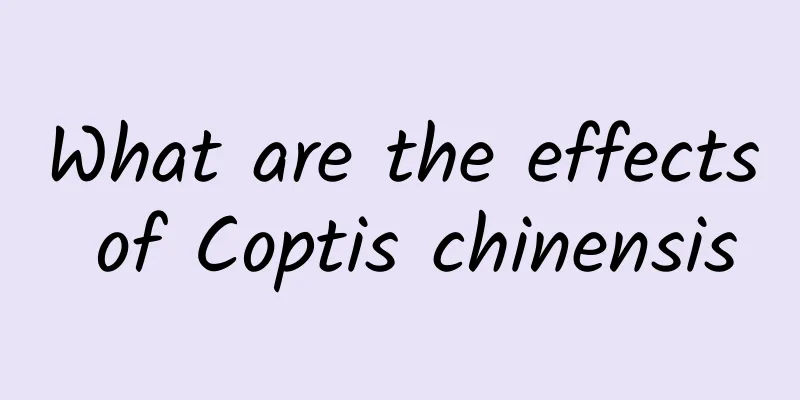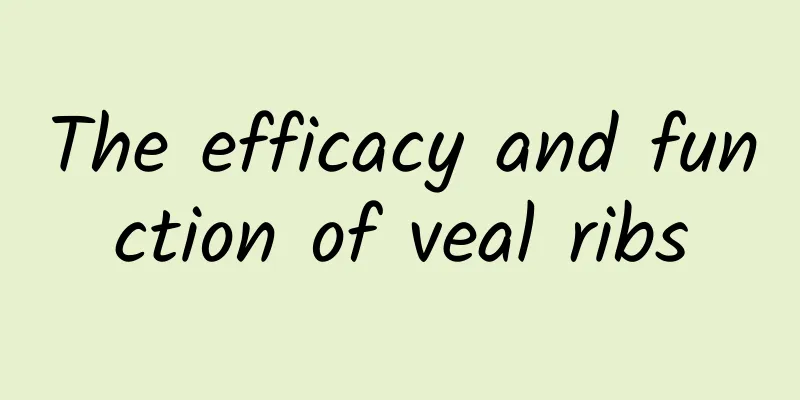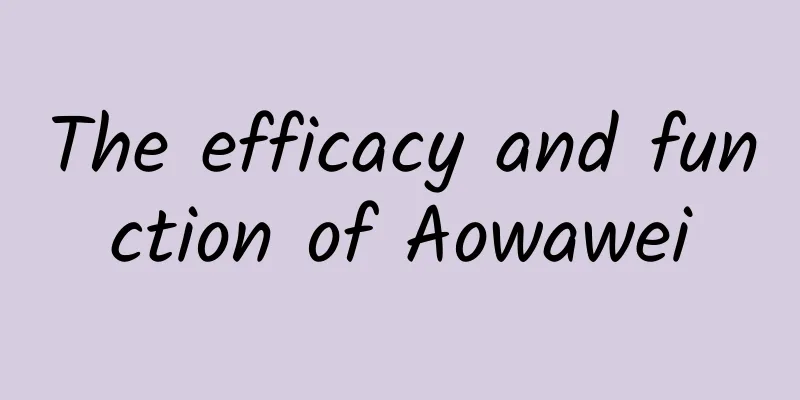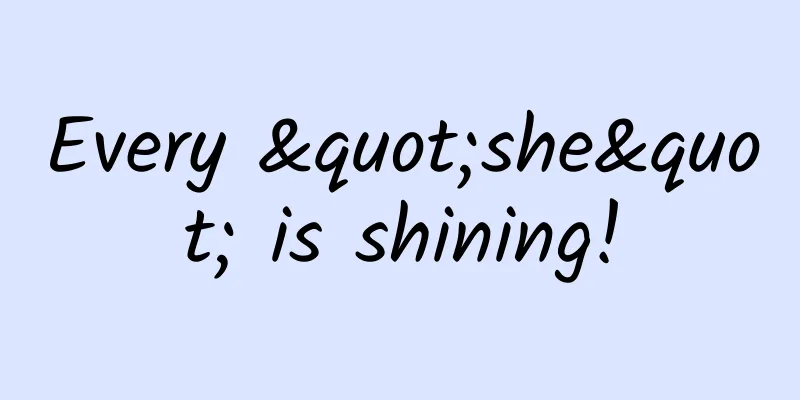The efficacy of Bujingcao
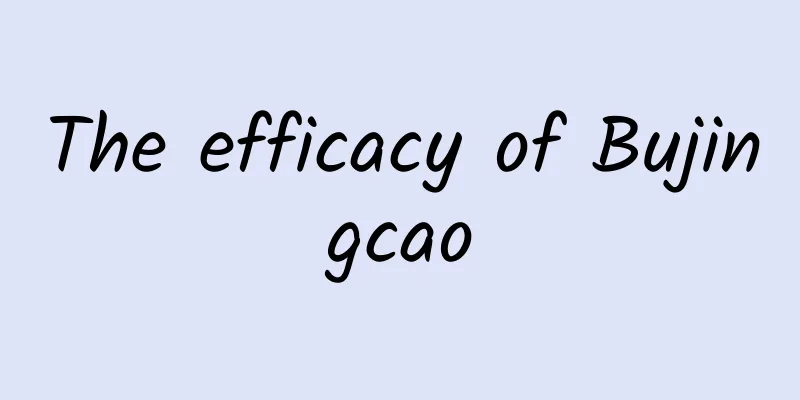
|
In places where ethnic minorities live, due to the special terrain and topography, there will always be some useful herbal plants growing there. Near where the Hakka people live, there is a plant that is green all year round, and that is the Bujingcao. Its name also has a certain meaning. It can disperse wind meridians, so it is called "Bujingcao". In addition, its taste is very unique, and it has amazing vitality like wild grass. So do you know about the history and efficacy of Bujingcao? Let me introduce it in detail below. Bujingcao has a close connection with the migration history of Hakka people. According to unofficial historical records: In the late Tang Dynasty, there were disputes among the feudal lords and continuous wars in the Central Plains. The people were living in poverty, and plagues were rampant, with no doctors and little medicine. In order to avoid war and seek a living, the ancestors of the Han Hakka people often migrated south with their families. They were displaced, suffered from hunger, cold, fatigue, injuries and illnesses, and their bodies were left in the wilderness and many bones were scattered on the roadside. There was a man who was dying of hunger and illness and fell under a dense bush by the roadside. Hunger made him pick young leaves and fruits of the bush to satisfy his hunger. After a while, he gradually felt refreshed and his stomach bloating and abdominal pain also disappeared. It was very strange that he still smelled bad all over his body, but no mosquitoes or flies were attracted. Thinking that this thing might have the power to drive away evil spirits, he broke off a branch to use as a pad, and took some young leaves, chewed them, and applied them to the eroded sores. He felt that the pain and itching were relieved, and he was even more surprised, so he picked it and took it with him. When encountering a patient groaning, one must comfort him by saying “don’t be afraid” and then prescribe medicine to treat him. Countless people have recovered. Everyone asked about this medicine but they didn’t know its name! All I know is that if the patient takes this medicine, he will not be shocked and will recover. Hakka descendants have always called it "not being surprised". "Bu" has the same pronunciation as "Bu", so it is commonly called "Bu Jing" by later generations. The scientific name of Bujingcao is Vitex quinata. It can treat infantile convulsions, relieve heatiness, and eliminate sha diseases. In particular, the seven-leaf Bujingcao can treat rheumatism in the waist and feet. It is no exaggeration to say that Bujingcao is a treasure in the eyes of Hakka people. Before giving birth, Hakka women will dig some Bujingcao heads and maple tree heads and dry them. During the confinement period, they will use these two plants to boil water for bathing to prevent rheumatism and cramps after the confinement period. Whenever the Bujing grass blooms and bears fruit, many Hakka people will pick the seeds, dry them, and sew them into pillows to help their newborn babies sleep and remove moisture. In addition, picking the branches and leaves of Bujing and boiling them into a decoction to wash the body can treat skin diseases, and picking its young leaves and rubbing the body can treat ringworm and scabies. Every summer when mosquitoes are rampant everywhere, the Hakka people living in the weir houses would take dried Bujing grass and burn it inside the houses. The smell of Bujing grass would permeate the house, and the mosquitoes would flee away if they smelled it. About a week before the Dragon Boat Festival, the clever Hakka women would chop a handful of Bujing grass, dry it in the sun until it was 80% to 90% dry, and then burn it into "earth ash" (wood ash). They would then collect the Bujing ashes and filter them with cloth to get clean yellow-orange Bujing ash water, which would be added to the glutinous rice. When steaming rice dumplings, the unique aroma of Bujing would mix with the rice dumpling leaves and glutinous rice, instantly filling the air and whetting one's appetite. In the eyes of Hakka people, Bujingcao is not only a special additive for rice dumplings, but also a good helper in Hakka wine making. When cleaning the fermenting wine vat, after pouring hot water into the wine vat, tie fresh Bujingcao branches and Simao into a bundle and use them to brush the wine vat. After brushing, pour out the water and wait until the wine vat cools down before putting the "wine rice" mixed with wine cake into the wine vat. After the "wine and rice" are put into the wine jar, it should be leveled and a small lake should be dug in the middle to place the tied |
<<: Can I take Panax notoginseng powder after a fracture?
>>: The efficacy and function of Chinese herbal medicine chrysanthemum
Recommend
Effects and functions of Hibiscus mutabilis
Hibiscus in our lives has attracted our attention...
The efficacy and function of papaya seeds
Papaya seed is a very common Chinese medicine in ...
Abnormal climate threatens the Winter Olympics: What will happen to the future of the Winter Olympics if there is no natural snowfall?
Written by: Liu Fang Editor: Wang Haha Layout: Li...
Unveiling corn's 'selfish' gene
Helps curb pollen drift and provides a new isolat...
Breaking the monopoly, my country's first dilution refrigerator for quantum computers is launched! How does superconducting technology change the world?
On February 26, Anhui Quantum Information Enginee...
The "Exploration No. 1", which once caught lionfish and hook shrimp in the deep sea of 10,000 meters, has completed a new mission
On the afternoon of January 26, the "Explora...
The efficacy and function of Artemisia selengensis
On the surface, artichokes are mainly used to nou...
Rethinking cancer early screening: Statistical bias leads to exaggerated effects
In the spectrum of cancer, there are not many typ...
The efficacy and function of Frost Red Vine
Frost-red vine is one of the common traditional C...
Can you "recharge" yourself by getting more sun? Uncover the secret of energy in the sun
Audit expert: Chen Mingxin National Level 2 Psych...
What are the effects and functions of Angelica dahurica
Angelica dahurica is a Chinese medicine with a mi...
Is breast cancer a disease exclusive to women? Will it not recur five years after surgery? Here comes the truth!
Author: Hu Zhongdong, deputy chief physician, reg...
Harvard study: Eating one of these fruits a day reduces the risk of depression by 20% (not apples)
Compiled by: Gong Zixin Depression affects more t...
Can foodies eat up all the invasive species? Don't overestimate the ability of foodies
Recently, the topic of invasive species has frequ...


